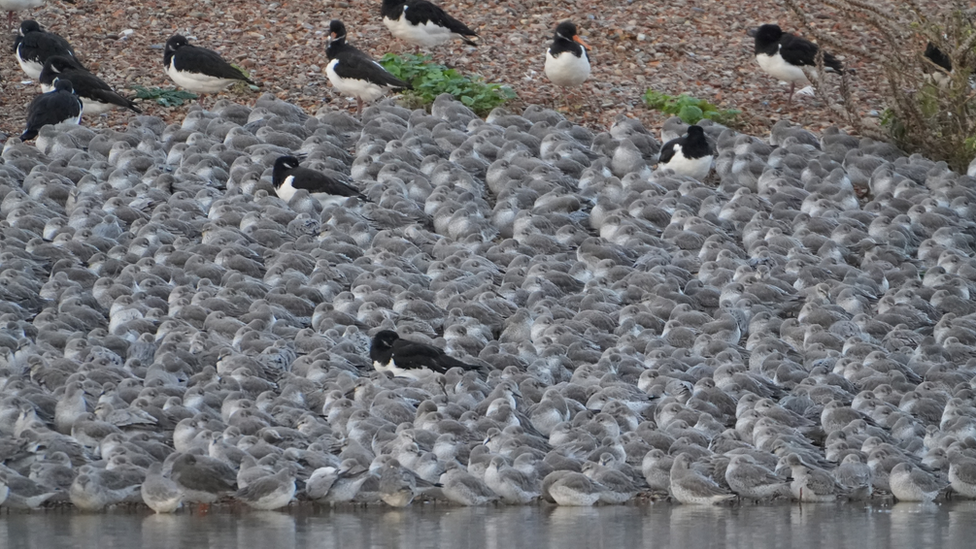Thousands of migrating birds arrive on coast
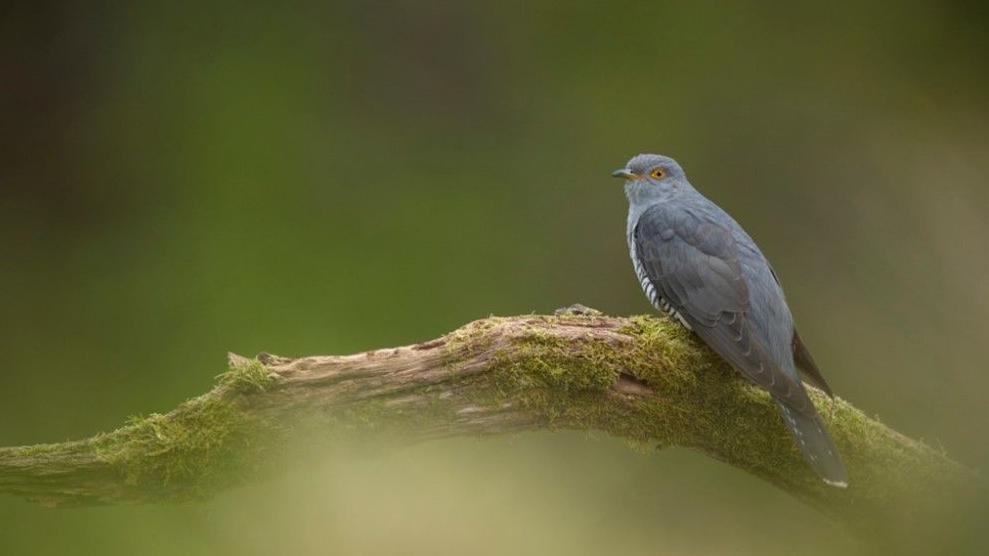
The first cuckoo arrived along the Humber on 8 May
- Published
Thousands of migratory birds are returning to the Yorkshire coast across the Humber and at Blacktoft Sands, the RSPB said.
The charity said over 100 reed warblers have already arrived and the first cuckoo appeared on 8 May.
The north east coast is part of one of the world’s eight ‘bird superhighways’ called the East Atlantic Flyway.
The global bird movement is being highlighted as part of World Migratory Bird Day.
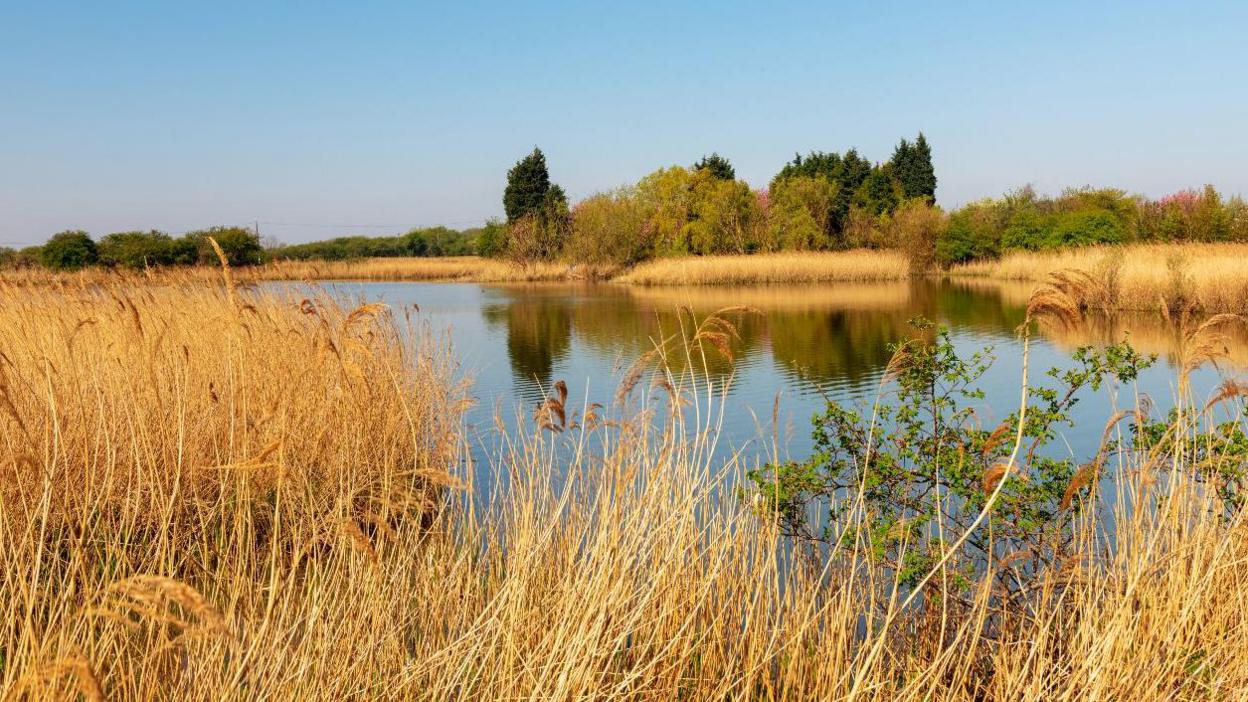
Wetlands are the natural habitat for a great variety of birds, animals and insects
The birds return in the spring from southern Europe and Africa to feed on East Yorkshire’s rich wetlands, reed beds and mudflats before breeding or heading further north.
Reed warblers head to the Humber to feed on insects which are a vital food source for them and many other species.
The World Migratory Bird Day campaign is stressing the need for conservation measures to protect insects.
Thirty different species of birds will be arriving in May and June, including ringed plovers and cuckoos which are among the UK's birds of the highest conservation concern.
Pete Short from RSPB Blacktoft Sands said: “This amazing phenomenon of nature is happening right here, right now on Yorkshire’s east coast and we’re seeing a surge in bird migration, as cuckoos, reed warblers, ringed plovers, and marsh harriers are arriving at Blacktoft.”
Follow BBC East Yorkshire and Lincolnshire on Facebook, external, Twitter, external, and Instagram, external. Send your story ideas to eastyorkslincs.news@bbc.co.uk, external.
Related topics
- Published21 September 2023
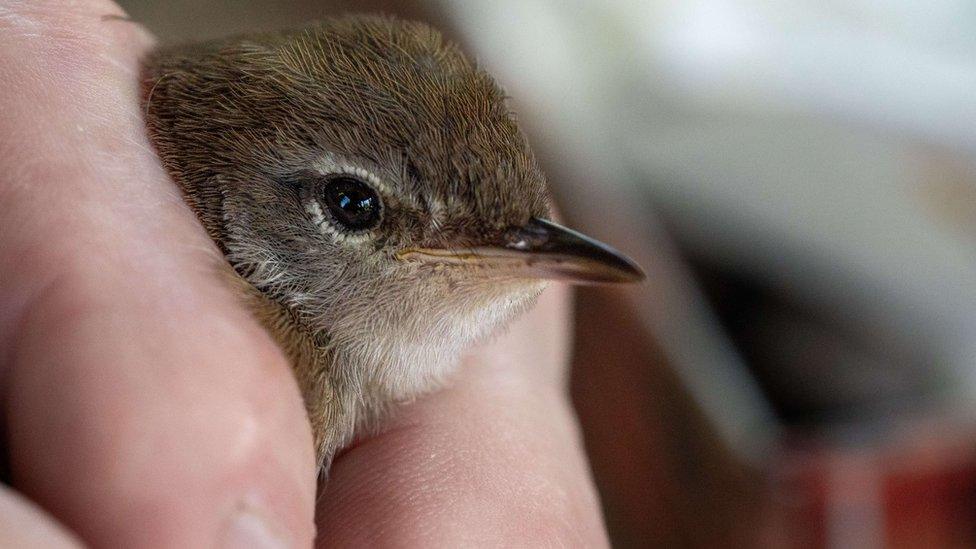
- Published12 April 2023
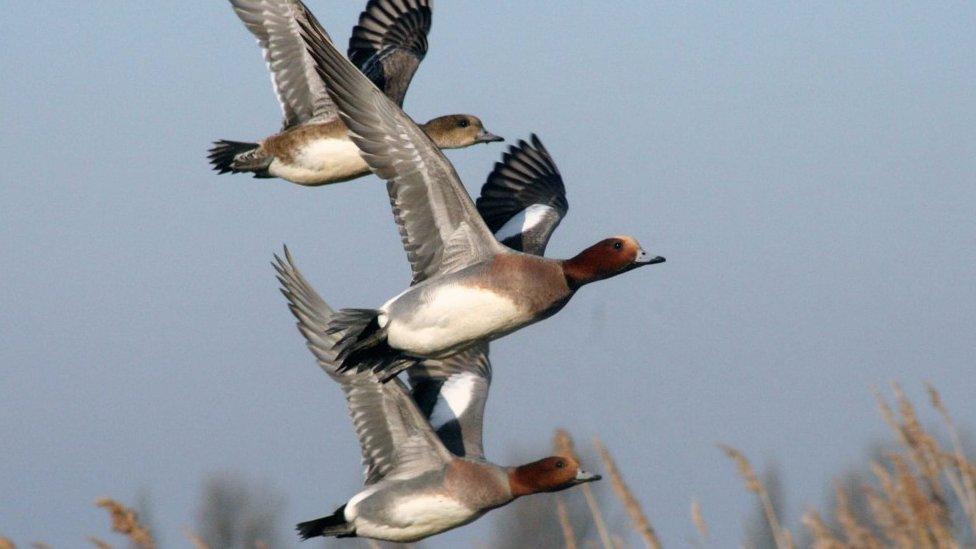
- Published3 November 2023
